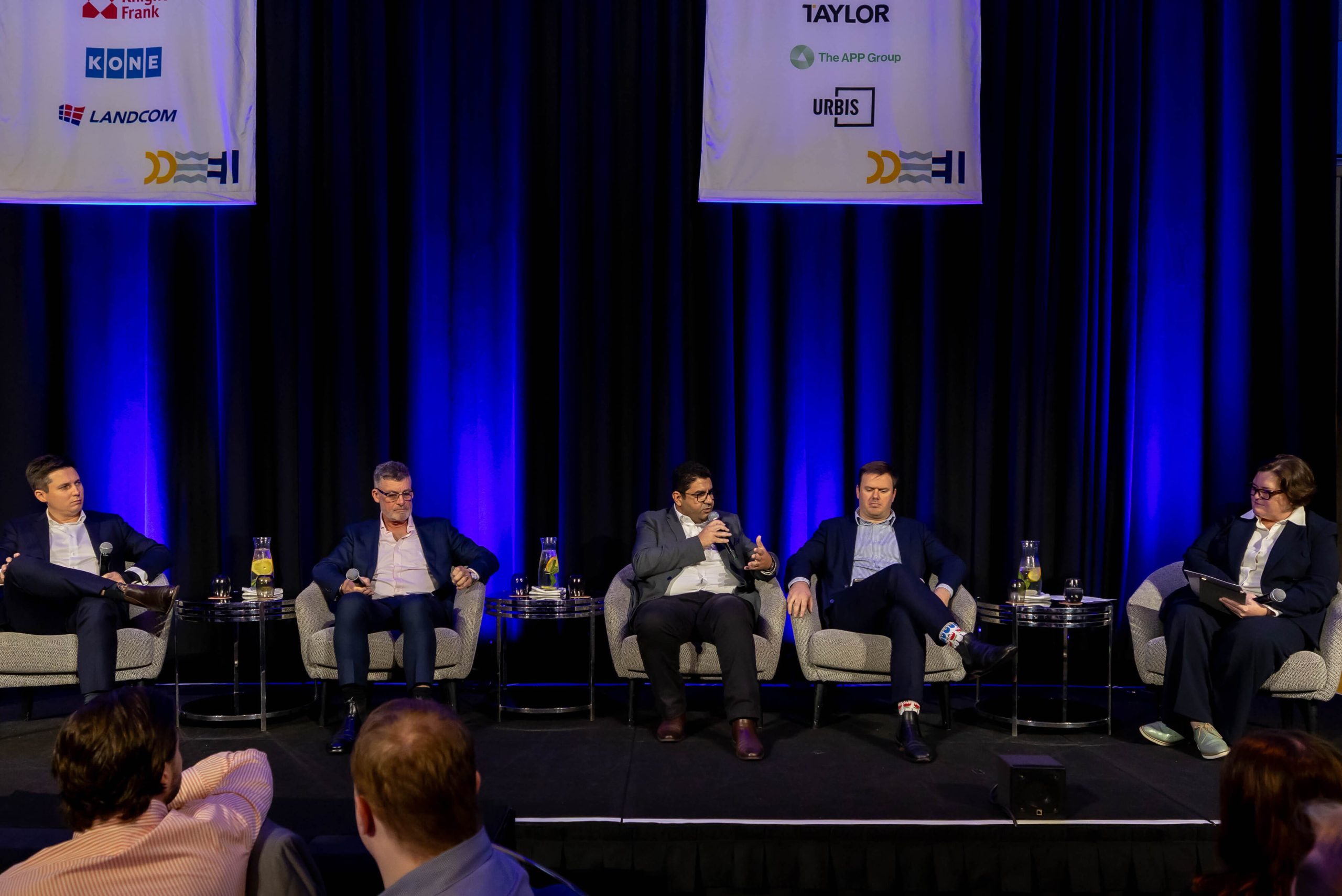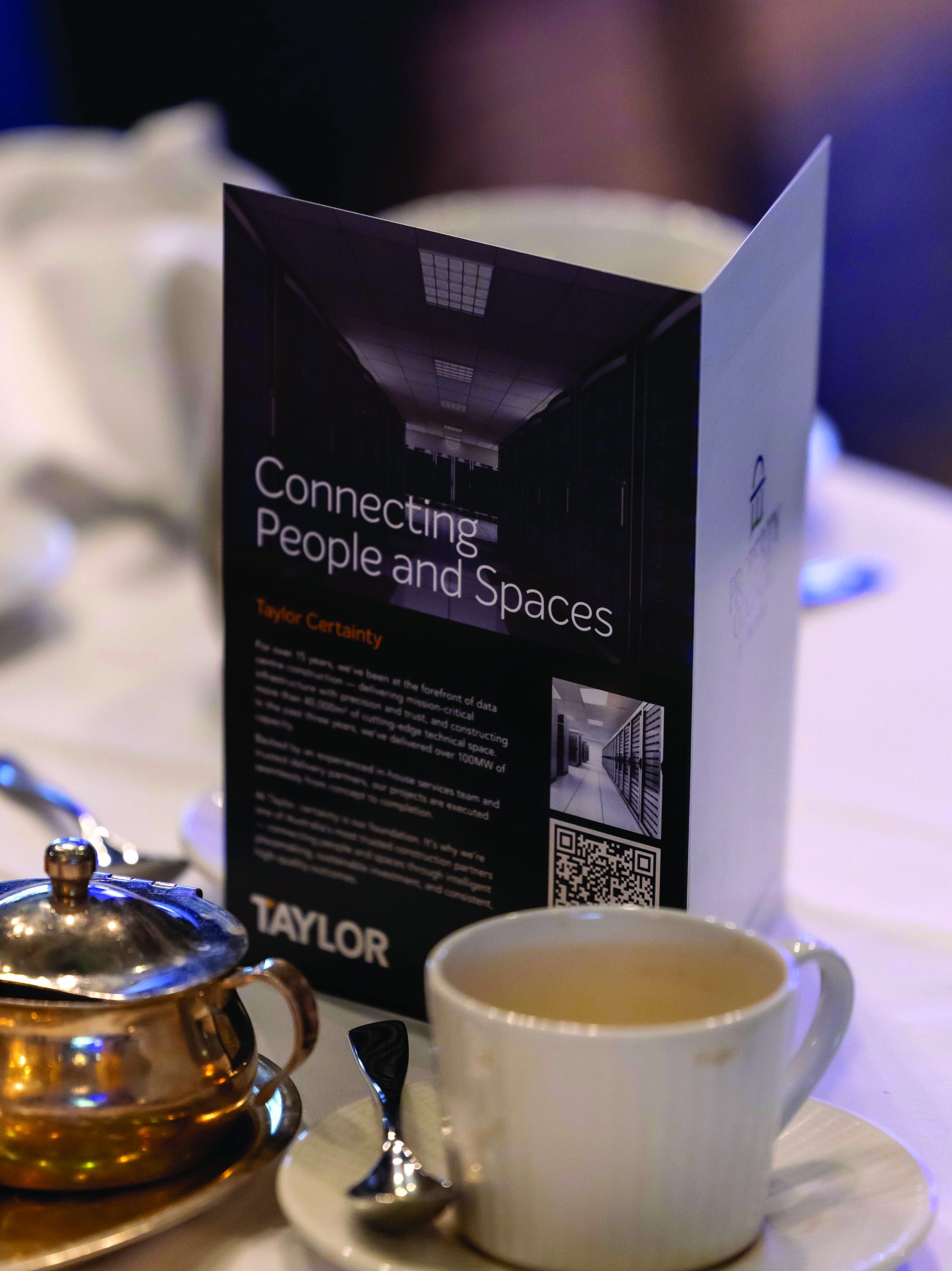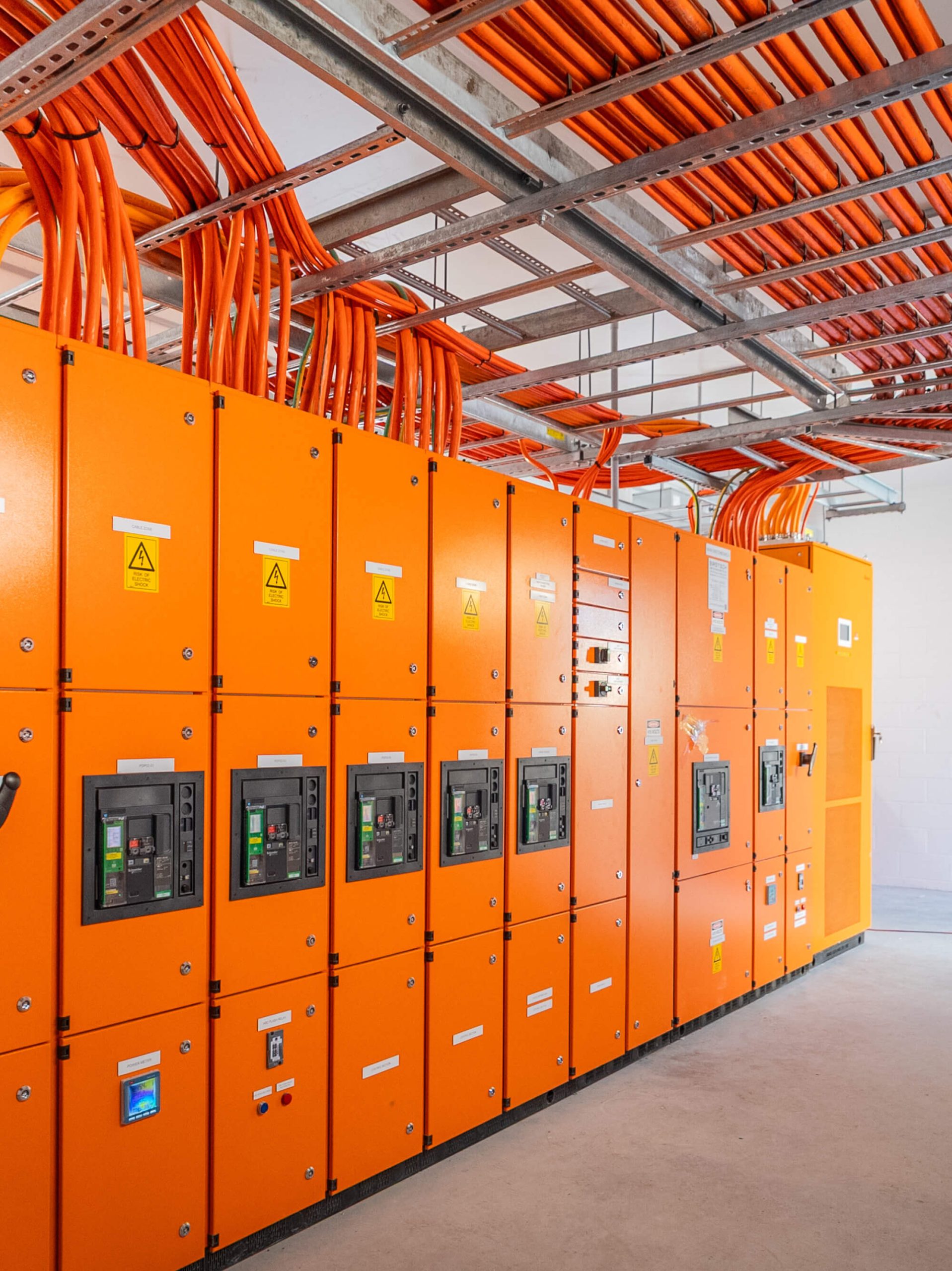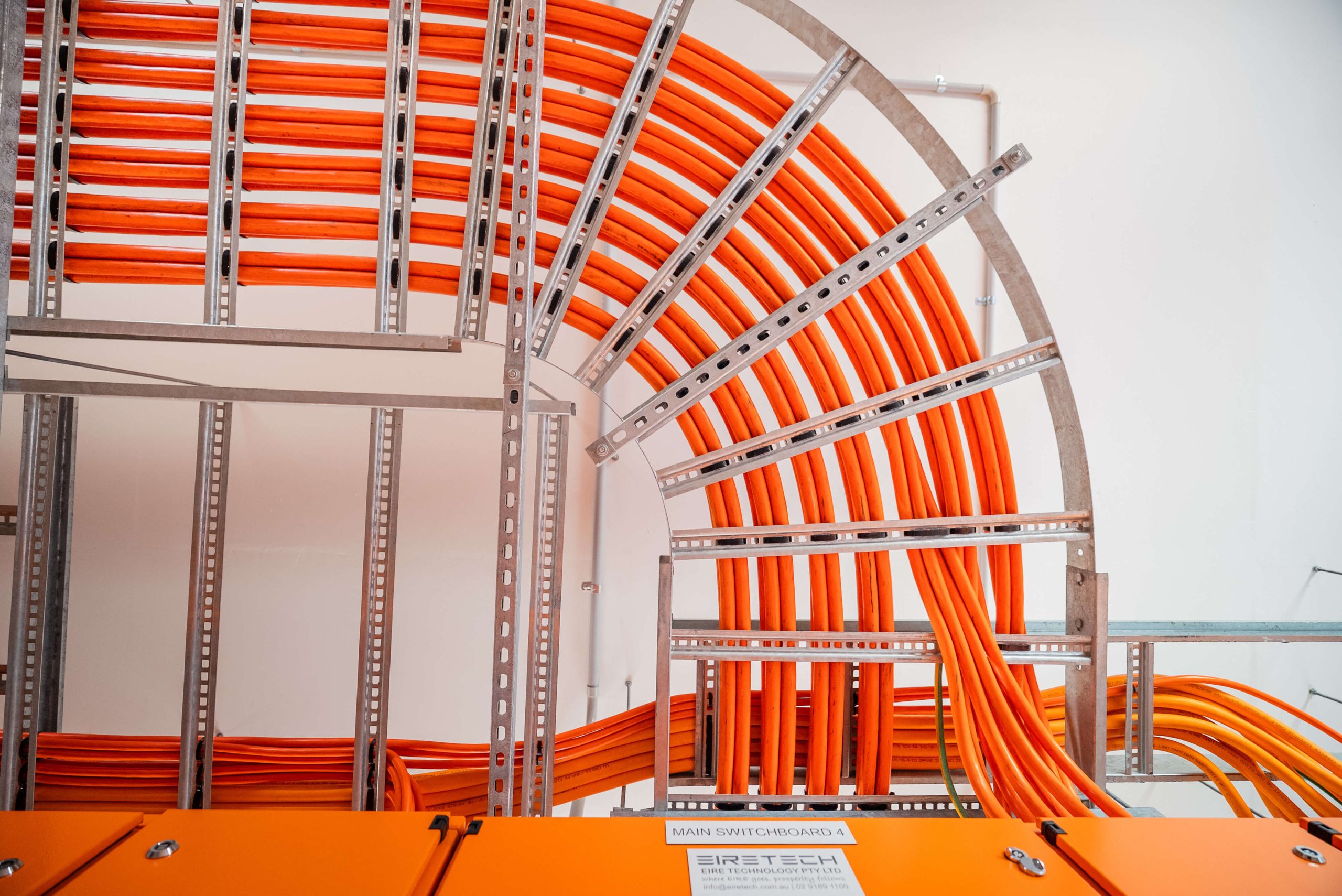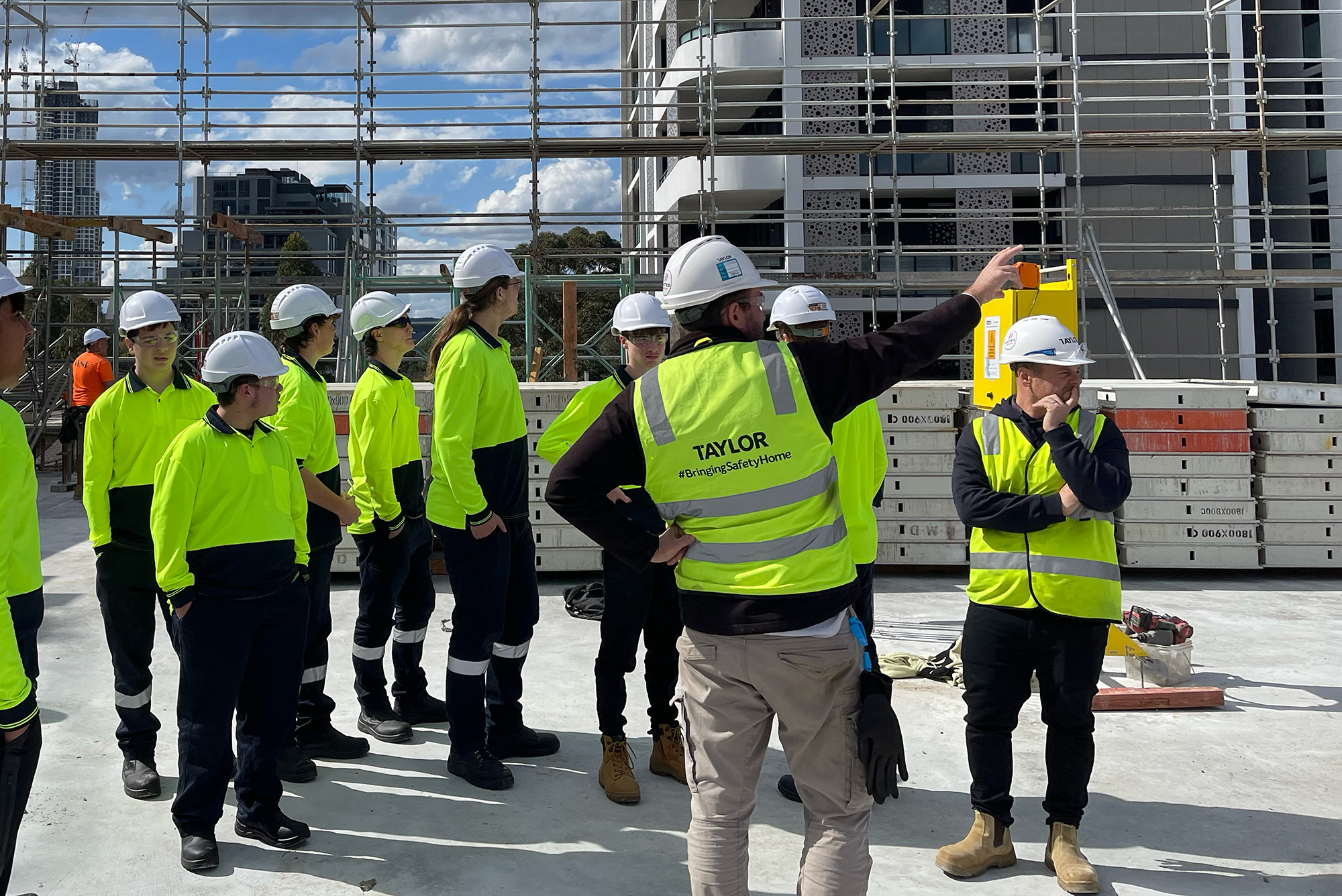Australia’s data centre deployable capacity is set to more than double from 1350 MW in 2024 to 3100 MW by 2030 (source: AFR, May 2025), driven by the increase in cloud computing, which is further amplified by the rise of artificial intelligence (AI) and the infrastructure it demands. From summits to roundtables I’ve recently attended, one message is clear: the pace of change is accelerating, and the opportunity is real. Australia can become the region’s AI and data hub with the right partnerships, planning, and purpose. But we must act now and act together.
The future of AI will significantly surpass the current trajectory of cloud computing, driving requirements for power, space, speed, and sustainability to levels we haven’t seen before. Australia is uniquely positioned to lead this transformation in our region thanks to our stable political landscape, favourable geography, and robust infrastructure. But with opportunity comes responsibility. It’s clear that to unlock this potential, coordinated efforts are essential across developers, operators, consultants, government agencies, utility providers, and head contractors. These aren’t just industry conversations; they’re critical collaborations to futureproof our position globally.
I was recently a panellist at the Property Council of Australia’s Unlocking Data Centre Event, proudly sponsored by Taylor, where we explored the sector’s evolving challenges and opportunities. The event reinforced the urgent need for cross-sector collaboration to address planning and infrastructure bottlenecks and ensure Australia is ready to meet the demands of the AI era.


